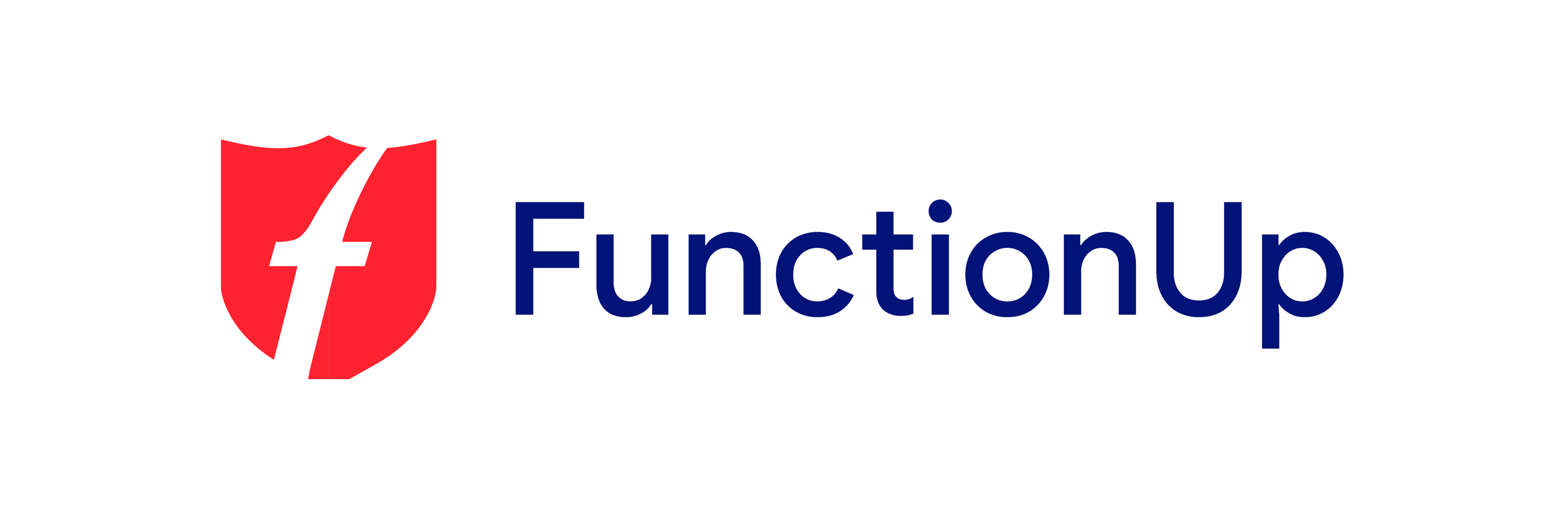
Data Science is an interdisciplinary area requiring a wide range of abilities ranging from math and statistics to programming, machine learning, and data visualization. The world is being swept away by the rapid growth of machine learning and Data Science. The data scientists of the future are highly sought-after, and demand for them will only increase. But the data scientists must have a particular set of programming languages and a certain set of competencies. It’s not easy for those who are not familiar with Data Science. If they know how to begin, it’s not as difficult as it may seem.
Programming languages for Data Science allow you to rapidly draw the value of your data and aid in the creation of models that can help you make predictions. This is why it’s essential to determine which language is the best for specific jobs. To ensure you choose the appropriate tools, This article will examine the top Data Science programming languages that scientists currently employ. It is easy to choose once you know your path to a career in Data Science.
What is Data Science?
It is the use of scientific processes, methods, algorithms, systems, and techniques to study and interpret information in different types. Data Science is focused on synthesizing, predicting patterns, and describing them in huge data sets to uncover insights, discover the hidden meaning of data, and uncover new knowledge. Data scientists are also known as statistical analysts or business analysts.
Data scientists are thought leaders who utilize machine learning and statistics expertise to discover useful information from the data. They can use various tools to analyze large amounts of data, such as social media posts, healthcare records, transient data, etc. The role demands a thorough understanding of Data Science programming languages such as Python and R and other tools like Hadoop, Spark, or SAS.
Data Science can also be employed in many applications, such as business intelligence (BI) predictive analytics and social media analytics: bioinformatics and medical informatics, financial risks management and fraud detection, and e-discovery.
While Data Science may seem similar, it is quite different from the conventional concept that computer science has. While computer science has traditionally focused on algorithms, coding, and software development processes, Data Science focuses on extracting value from data through systematic techniques. Data Science is focused on the extraction of information to improve business processes as well as make decisions. You can also look up the cost of Data Science Bootcamp cost.
Top 8 Programming Languages for Data Science
Computers are powerful instruments for data analysts. They let us manipulate, analyze, visualize, and analyze the data we collect in ways that are impossible to accomplish by hand. Data Science is a field in which programming is necessary, but numerous programming languages are available. Therefore, for Data Science, which programming languages are required? These are the top 9 language programs data analysts need to be aware of:
Python
Python is a general-purpose programming language that can be used to create any software. It’s one of the best programming languages for research and data analysis. Python is known for its easy syntax, reading, and ability to transfer code. It’s also open source, works on every major platform, and is a popular choice for developers. Python is easy to master and has a huge group of developers who use it, which means there is a wealth of resources to help you start your journey. It’s also strong enough for professional data scientists.
Python is an excellent programming language for beginners since it uses a basic English language that provides many data structure types. In addition, it is an open-source language with an excellent reputation in the public eye. This language is the most suitable choice when you are a student who is starting as a new employee within the workplace.
SQL (Structured Query Language)
SQL is among the most used languages for programming. It is an expressive language that interacts with databases. It also lets you create queries that extract data from data sets. SQL is utilized in nearly every industry, so it’s a good idea to begin learning it early in your journey into Data Science. SQL commands can be run interactively using the terminal or embedded scripts of other software applications like word processors or web browsers.
Structured Query is a programming language used in Data Science and specific to the field. SQL in Data Science assists users in obtaining information from databases and later modifying them when needed. Thus anyone who wishes to become a data scientist should be familiar with Structured Query Language and databases effectively. If one wishes to succeed in Data Science using SQL, one can think about online courses to help one make a career as a professional data scientist.
R
R is an incredibly popular statistical programming language used to perform visualizing data, statistical analysis, and various other forms that manipulate data. R has been gaining popularity with data scientists due to its simplicity and ability to handle complicated analyses of large data sets. In addition, R language Data Science provides a variety of machine learning algorithms, such as linear regression, the k-nearest-neighbor algorithm, neural networks, random forest, and more, which makes it a preferred option for businesses seeking to incorporate predictive analytics into their operations. For example, thousands of programs are available for R, allowing you to study financial markets and predict the weather!
Julia
Julia is a key language used in Data Science. Its goal is to be simple yet robust. It has the syntax of MATLAB, and R. Julia also has an interactive shell, which allows users to quickly test their code without the need to write complete programs simultaneously. In addition, it’s efficient and fast, which makes it ideal for large-scale data. This makes programming much more efficient and intuitive as it allows users to concentrate on the issue at hand and not worry about type declarations.
JavaScript
JavaScript is a programming language used to create web-based apps and websites. It has become the most well-known software for creating client-side apps in the online world. JavaScript is popular because it can be used for everything from basic animations to sophisticated artificial intelligence-based applications. Keep reading for more information about programming languages for Data Science.
Scala
Scala has grown to become an increasingly used language used for AI as well as Data Science scenarios. Because it is object-oriented and statically typed, Scala has often been thought of as a hybrid language used in Data Science. It’s a mix of the object-oriented languages of Java and functional ones such as Haskell and Lisp. In addition, Scala has many features that make it a desirable option for data scientists, such as Functional programming, concurrent programming, and high performance.
Java
Java is an all-purpose computer programming language that is class-based, concurrent, and object-oriented. It is made to have as few implementation dependencies as possible. In the end, Java is the ideal code software for Data Science. It’s designed to allow developers of applications to “write once, run anywhere” (WORA), that is to say, that the compiled Java code runs across all platforms that can support it. It is a Java virtual machine (JVM) or JavaScript engine. However, the code that utilizes features that are platform dependent may not work on all JVMs as they aren’t required to implement those capabilities. These programming languages for Data Science are necessary to become an expert in Data Science.
Go
Go is also known as data-driven programming language science and GoLang. This programming language is slowly gaining popularity and can be utilized in projects that deal with machine learning. It came out in 2009 when Google launched it to the public. With a syntax very like C language, some call this the next level to the top of the ladder in the hierarchy of C language.
Go, an intermediate-level language, lets users work effortlessly. It is very flexible, and the language is quickly getting noticed in the ten years since its launch. This programming language can be extremely beneficial in ML-related operations related to Data Science and Data Science. However, due to the absence of use, its limits are still quite small compared to other programming languages like Java and Python.
Conclusion
The field’s development has grown incredibly rapidly and is now a highly sought-after niche. Every company requires data scientists to get an advantage in the marketplace. If you’re interested in pursuing this field and are searching for the best languages for Data Science to begin your journey to coding, this article has covered everything you need to know.
